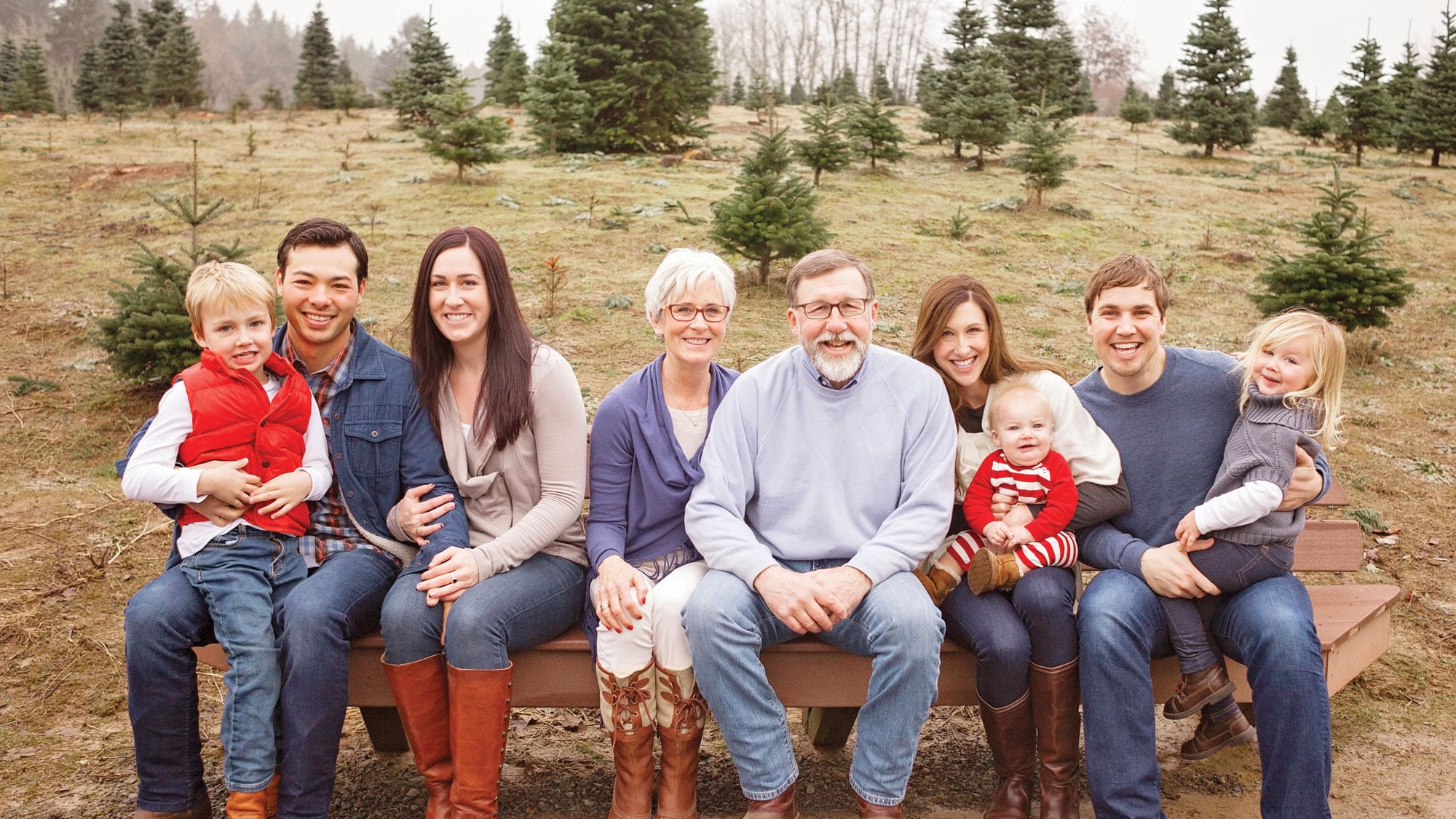Dave Roy sees a bleak Christmas future.
Roy, 67, is a lawyer who's been farming Christmas trees since 1985. He owns Quail Creek Ranch Christmas tree farm in Portland's Northwest Hills, where customers can cut down their own trees.
And he says Oregon's drought conditions killed almost all of the seedlings he planted this year.
Roy planted 9,000 trees, which would have taken 10 to 12 years to grow. Only 10 percent survived. At roughly $2 per tree, he says the financial loss was more than $16,000.
"I usually plant 10 trees and at least nine will survive," Roy says. "And this is a 90 percent death rate, so it's kind of the total opposite. It means I just have to replant everything again and hope the weather cooperates a little more this year."
He adds that while this year's tree loss is the worst he's ever seen, Oregon's increasingly warm and dry conditions over the past couple years have been slowly shrinking his stock.
Add Oregon's Christmas tree shortage to the "naughty" list of effects from climate change.
Oregon grows more Christmas trees than any other state in the nation. Last Thursday, the state supplied the 75-foot noble fir that graces the White House lawn.
But you might have a hard time finding a tree this year. That's because fir survival rates have been slowly decreasing. "It's been the last three hot, long, dry summers that have been problematic," says Chal Landgren, a Christmas tree breeding specialist with Oregon State University. He says 30 percent of seedlings at his Aurora test plot died this year. Three years ago, that number was 10 percent.
It stands to reason that Christmas trees—noble, Nordmann and Turkish firs that thrive in cool, damp Pacific Northwest climates—are dying. This summer was the hottest on Portland record, and drought conditions throughout the state are still rated severe to extreme.
Roy's daughter, Whitney, helps with operations. She says Quail Creek was open to customers for only three weekends this year to save some crop.
"We want to have enough trees to be able to open next year," she says. "We don't want to look out at a bare field."
WW talked to Dave Roy this week about how the climate stole Christmas.
WW: How severely has the drought impacted Quail Creek Ranch?
Dave Roy: We plant in February to March of each year, and this last year, we lost probably 90 percent of our seedlings. They just didn't survive because it was too dry and then too hot in the summer. We've been noticing some heat stress on some of the bigger trees as well, which usually doesn't happen because they are down quite a bit farther into the soil. That means the dry is going down farther and farther, affecting more of the root.
How serious is the threat?
If we get these hot, dry summers with very little water, then the tree gets stressed and it's going to die, one way or another. The big thing is the new seedlings. They've got to stay moist in the ground down to a foot or so, because if the root dries out then the tree dies.
Is there anything you can do to stop the trees from dying?
We're trying to change our planning approach a little bit. We're using Zeba, a corn-based [absorbent] product similar to what's used in diapers, but this is an all-natural, corn-starchlike product. We dip the roots in it when we plant them, and the Zeba draws the moisture to the plant. It's used in the Middle East and places where they have very, very little water and they're trying to draw as much in as possible.
Can you grow existing trees more quickly to make up for this year's loss?
The problem is that if you grow a Christmas tree too fast, it gets leggy and spacey and usually people don't like that tree. People want natural-looking trees, but they want trees that are also cultured so that they look like the perfect Christmas tree. It's a long-term project. That's the whole problem.
Are you thinking about quitting?
We've spent a lot of money developing [the farm] as a U-cut, with roads, a warming hut, hiking trails and all types of amenities for people. It could be [transformed into] a venue-type site. We're looking at the whole thing and saying, "OK, what else can we do here that's similar?"
We also are looking at growing trees elsewhere and bringing them into the farm and selling them as a pre-cut tree. But most people would prefer to go out and cut them.
